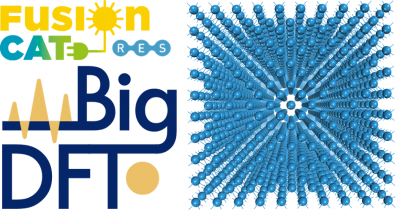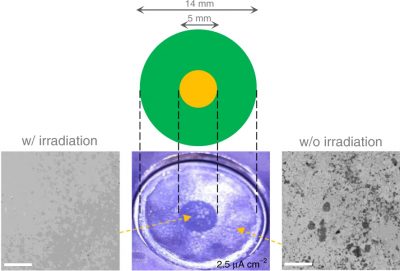
The video recording and slides from the webinar given by our BigDFT collaborators on the 12th of November 2020, titled “The Flexibilities of Wavelets for Electronic Structure Calculations in Large systems”, is now available on the MaX Centre’s webpage. The webinar presents some of the features made possible by the peculiar properties of Daubechies wavelets, and it focuses on the usage of Density Functional Theory (DFT) for large-scale systems.


